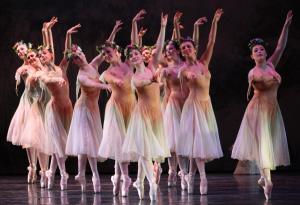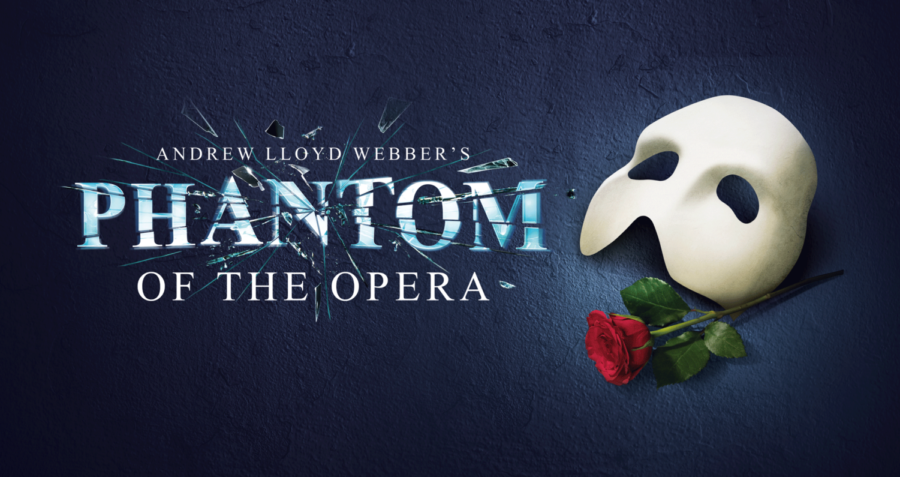 The dance ensemble performs one of the production’s complicated dance numbers.: Ashley Favata photo
The dance ensemble performs one of the production’s complicated dance numbers.: Ashley Favata photo
Shakespeare wrote some of the most memorable plays in history, including “A Midsummer Night’s Dream,” a tale of romance, fairies, magic and intertwining love stories.
First, there is Hermia, who, despite her father’s wishes, is in love with Lysander.
Her father has arranged for her to marry Demetrius.
Unknown to them, Helena is in love with Demetrius, and does everything possible to get his attention.
Hermia and Lysander decide to run off to the woods to elope, while Helena tells Demetrius of their plans, hoping he will kill Lysander and fall in love with her.
She follows Demetrius into the forest, making numerous advances that do not work.
This gets the attention of Oberon, king of the fairies, who enlists the help of the devilish sprite Puck to make Demetrius fall in love with Helena by shooting him with Cupid’s arrow.
Unfortunately, Puck mistakes Lysander for Demetrius, and shoots him instead.
This causes Lysander to fall in love with Helena, instead of Hermia.
What follows is a heated love triangle that leaves no one unscathed.
“A Midsummer Night’s Dream” is very hard to pull off given all the elements involved: fairies, romance, magic and more.
That is made even more complex when it must be done without the use of dialogue, only dancing.
For this, I applaud the Dance department for bringing the story to life.
First, the choreography was complicated, yet brilliantly pulled off by the cast.
It becomes complicated because there was not a moment where someone was not moving on stage.
Some scenes required the exertion of huge amounts of energy and talent, yet the performers pulled the dancing off flawlessly.
Watching the movements was truly delightful, as everyone and everything seemed perfectly timed.
If there was one reason to see the show, it was to admire the performers pull off the dancing.
Another element that I liked was the design of the production’s backdrops.
The forest back-drop was especially detailed.
I never thought that anything seemed fake-looking or out of place, and that is something important in stage productions.
The costumes also worked well, making it easy for the audience to believe that these are characters in a story and not dancers wearing costumes.
The final positive element of the show worth mentioning is how well the performers did at conveying emotions without the use of dialogue.
Their hand gestures and physical movements said a lot about what they were feeling.
The romance between characters was convincing, given that the characters embraced and carried each other in order to display it.
Again, I must give praise to the actors here, as they made the material come alive.
“A Midsummer Night’s Dream” was a well-put together, wonderfully-acted production that is made all that much better because of how difficult it was to pull off.
The show played in the Mary D’Angelo Performing Arts Center from Nov. 7-9.






